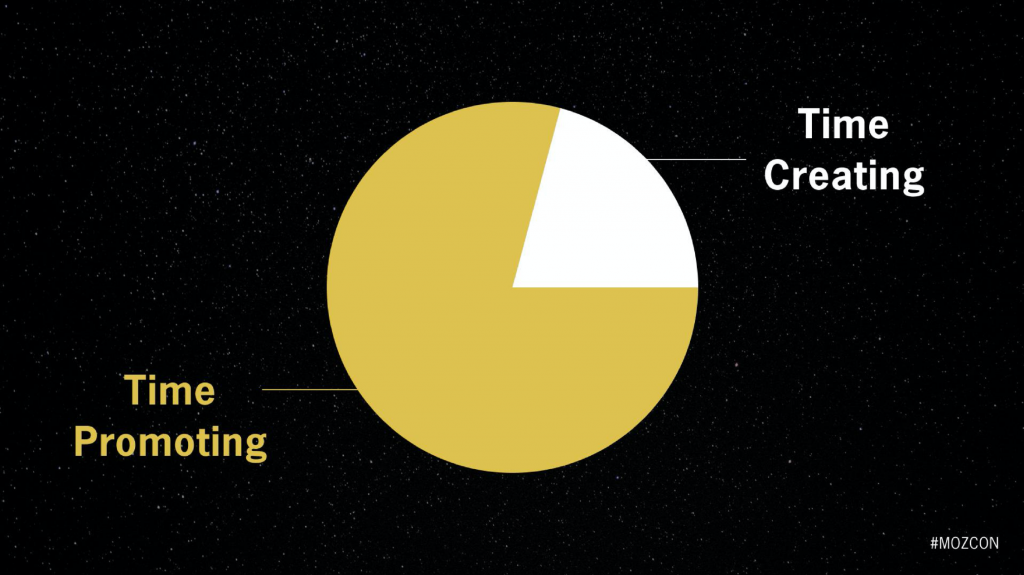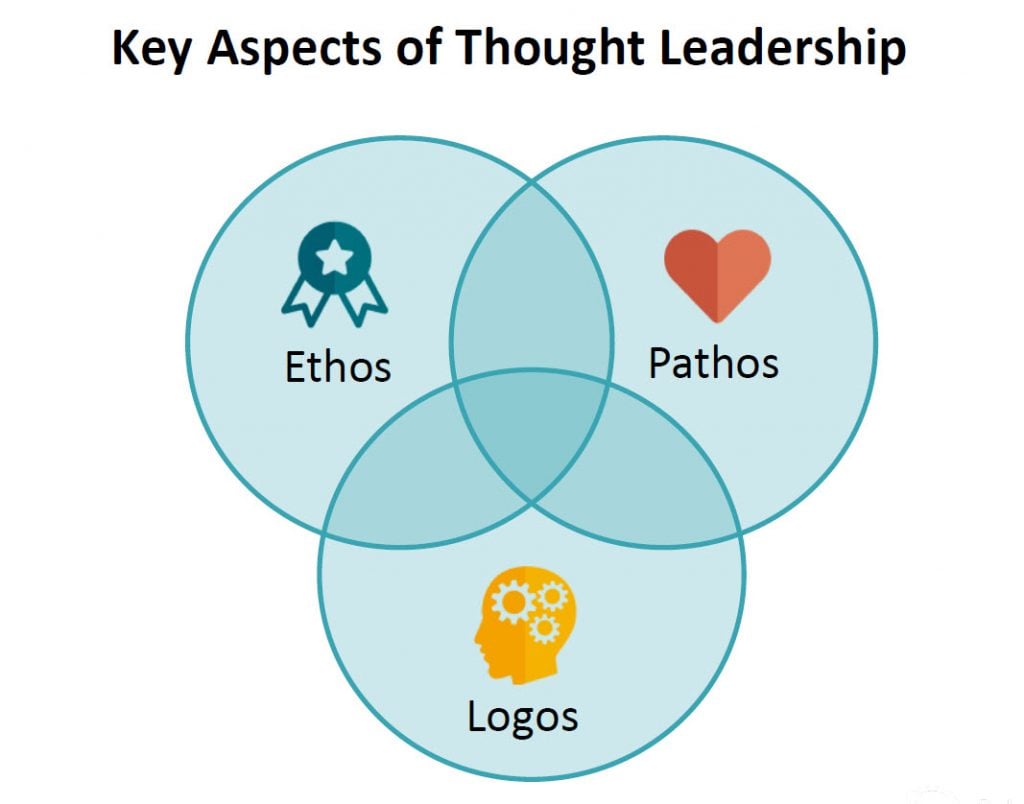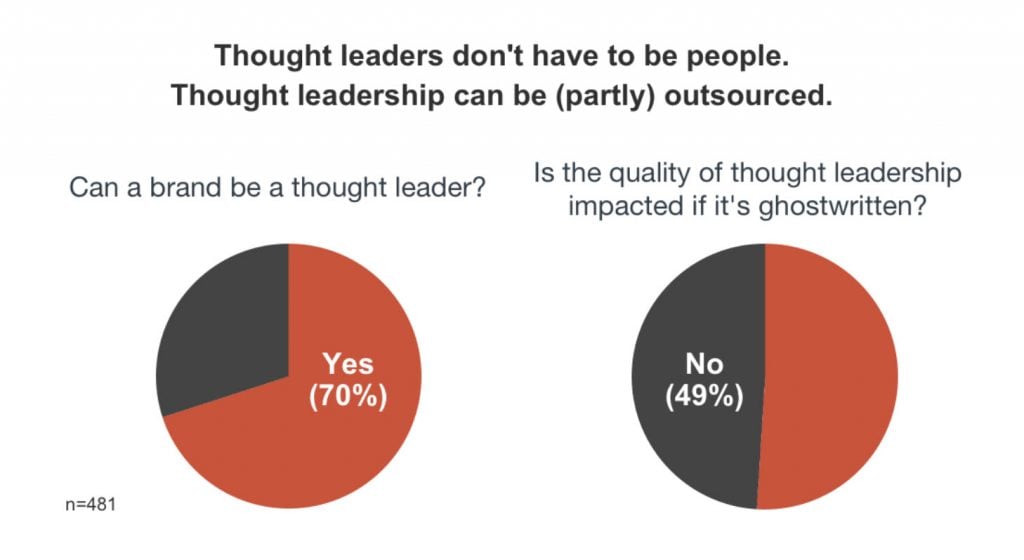I had the pleasure of attending MozCon Virtual this year with some of Portent’s content and business development gurus: Tracy Beach, Travis McKnight, and Katie Spencer. And while 2020’s event looked a little different than years past, it still delivered the same robust insights and next-level tactics MozCon is known for! Some of the best digital marketers in the industry took the virtual stage, including Andy Crestodina, Brian Dean, Britney Muller, Michael King, Ross Simmonds, and Wil Reynolds, among many others.
We have so many awesome takeaways from all of the sessions we attended, but here’s a list of our top five that we want to share with you.
How to Be Ahead of The (CTR) Curve
Presented by Izzi Smith, Technical SEO Analyst at Ryte
Izzi presented on creating the perfect SERP engagement strategy, while dropping many tools for analysis along the way. Topics covered included:
- Analyzing critical rankings for terms that may be sliding
- How to make the best use of brand-entity features
- Testing of rich or featured snippets, and when do we even care these days?
She also shared some great tools she uses on the daily:
- Izzi’s Trello board E-A-T Factor Checklist Template
- Google Search Console Performance Dashboard from Aleyda Solis
- Search Console Explorer Studio from Hanna Rampton
How to Promote Your Content Like a Boss
Presented by Brian Dean, Founder of Backlinko
argues that building exceptional content isn’t the most important component of content creation; amazing content promotion is.
Brian then gave the audience some heavy stats to digest:
- 94% of blog posts get zero links
- WordPress is home to 70 million new blog posts each month
- 2.2% of content gets backlinks from more than one website
- 8.5% of outreach emails get a response
He also dropped a Death Star-sized bomb on people who don’t keep up with link building and off-page SEO: the way he used to promote content and teach others how to promote content now resembles Alderaan—it’s extinct. Ultimately, you should be spending more time promoting your content than creating it.

So, given the countless voices crying out for attention online, what are you supposed to do to stand out? Brian gave us eight rules for content promotion and creation that he’s found great success with. Here are the top five:
- If you want your content to get backlinks, write for the “Linkarati” (journalists + bloggers in your industry) instead of your immediate users. This should compose 20-30% of your total content.
- On social, write for social media engines first, users second. Expand your social media posts so they include snippets and statistics that both users and Linkedin, Twitter, or Facebook want to see.
- You must unlearn classic off-page SEO techniques and learn how to gain links and engagement without directly asking for them instead.
- Rather than promoting your content after it comes out, give a small group of like-minded bloggers, journalists, or industry insiders a heads up about the content before it goes live. Likewise, give other authors a heads up when you’ve added a link to their great content in your new content.
- Revive your newsletter, but keep the content simple and in basic HTML. You may see greater engagement rates than simply mentioning a post on social media.
Plus, if you couldn’t tell already, he rocked a Star Wars theme for the entire presentation. It was great.
Red Flags: Use a Discovery Process to Go from Red Flags to Green Lights
Presented by Dana DiTomaso, President and Partner at Kick Point
Dana’s presentation dissected her past failures to illustrate a crucial area that she had missed when obtaining a new client: the discovery process. Discovery is not a new tactic, but in our day-to-day lives, we are so eager to dive into an engagement head-on, without first researching the client’s past.
Your client’s history can be a valuable indicator of their future. The goal of the discovery process is to find answers to these two questions: “how did I get here?” and “where do I want to be?”
It is realistic to say that not all campaigns operate smoothly from start to finish, and it’s natural to experience hiccups throughout the process. By uncovering red flags at the beginning, rather than later, you have more insight and control over the project. By investing time in the discovery process, you can create and implement a purposeful marketing plan.
Here are the highlights from each stage of Dana’s discovery process:
- Uncover Your Client’s Hopes and Dreams to shed light on what matters most to them.
- Check the Foundation to understand where the client left off from their past advertising or marketing efforts.
- Inventory the Touchpoints to know which phase of the client journey each falls in and what tools may be involved in each.
- Follow the User Journey by “mystery shopping” to see what happens if you buy something, complete a form, and navigate the site.
Runtime – The 3-Ring Circus of Technical SEO
Presented by Michael King, Managing Director of iPullRank
Mike’s content went deep and surfaced some tactics that will either teach you a new method altogether, or enhance how you do things now. His position-traffic-page authority equation started things off and by the end, I was itching to ask our developers to teach me ABScript.
Watch Mike’s Runtime video to check out the tools that he talked about in more detail.
Thought Leadership and SEO: The 3 Key Elements and Search Ranking Strategies
Presented by Andy Crestodina, Co-founder and CMO of Orbit Media
Andy’s presentation centered around this simple equation:
Thought leadership = visibility = SEO
First, you have to understand that thought leadership lives at the intersection of three concepts:

- Ethos: Establishing a Personal Brand (Influencer)
- Pathos: Take a Stand (Key Opinion Leader)
- Logos: Have Expert Insights (Subject Matter Expert)
So, how can you use thought leadership to drive search rankings? Andy shared the results of a survey he conducted around thought leadership to explain:
Establishing a Personal Brand
Thought leaders need followers… but not just social media followers. They need an active audience who will share and discuss their ideas. According to his survey, to do this thought leaders need to:
- Have a base social following or other media presence
- Get cited by others
- Be influential
- Give presentations! Good public speakers make good thought leaders
Also interesting to note, survey participants felt that a brand could be a thought leader, and having a team of ghostwriters doesn’t have an overwhelming correlation with poor content:

Andy wrapped up his presentation with a laundry list of ways to become a visible expert. Here are the ones that stood out:
- Polish your Linkedin Profile to perfection
- Publish deeper, more comprehensive articles
- Conduct a study
- Network/collaborate with other experts
- Offer to speak to classes
- Write for many sites
- Learn something useful, then TEACH IT TO EVERYONE
That’s a Wrap
There you have it! Those were our team’s favorite takeaways from MozCon Virtual 2020. We’re excited to apply everything we learned to help drive measurable results for our clients and take their digital marketing strategies to the next level. And we’re already looking forward to next year… hope to see you there!









